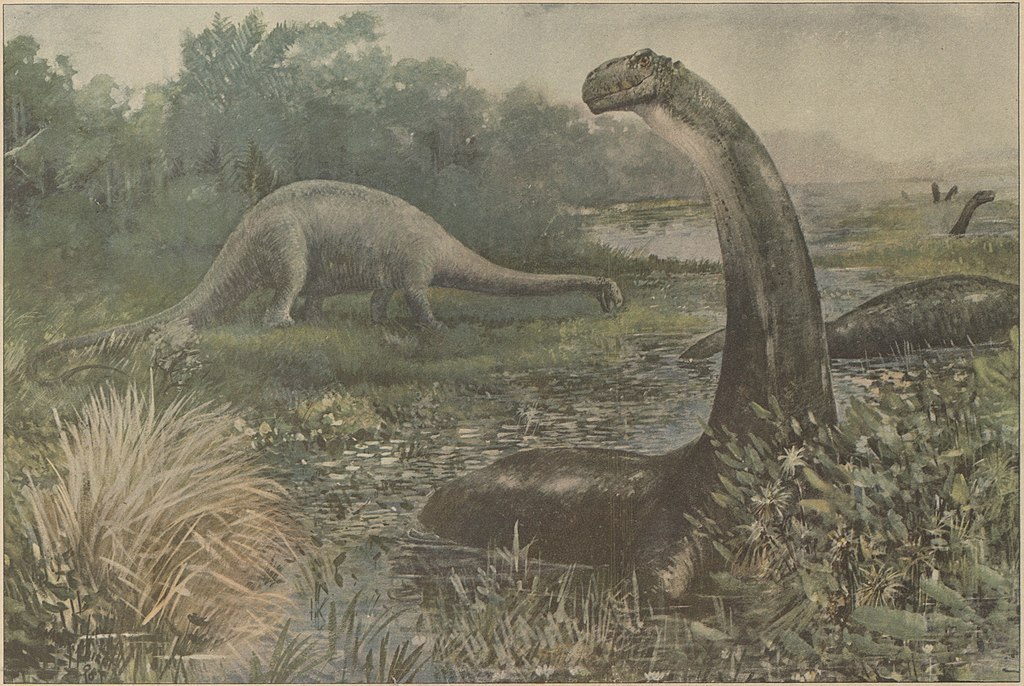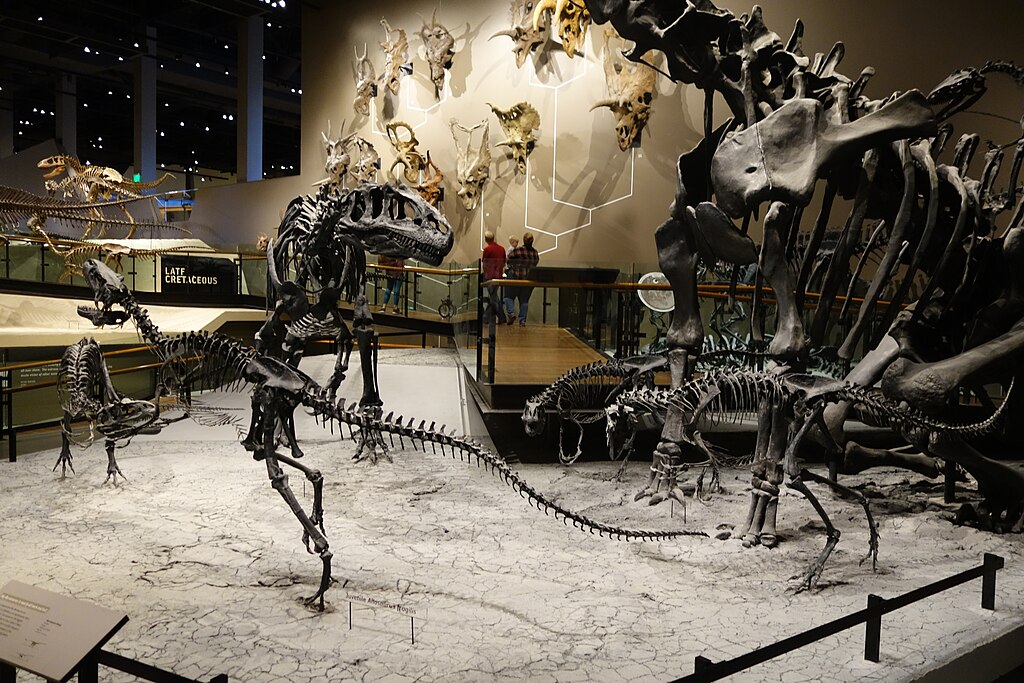Paleontology, the study of prehistoric life forms through fossil examination, has revolutionized our understanding of Earth’s biological history. However, this scientific field is not immune to errors. The very nature of working with incomplete remains millions of years old creates ample opportunity for misinterpretation. Throughout paleontology’s history, scientists have made fascinating mistakes—some small, others monumental—that have temporarily led us down incorrect paths of understanding. These errors, while sometimes embarrassing, ultimately strengthen the scientific process through correction and refinement. This article explores the most significant misinterpretations in fossil research, how these mistakes occur, and what they teach us about the scientific method.
The Challenge of Incomplete Remains
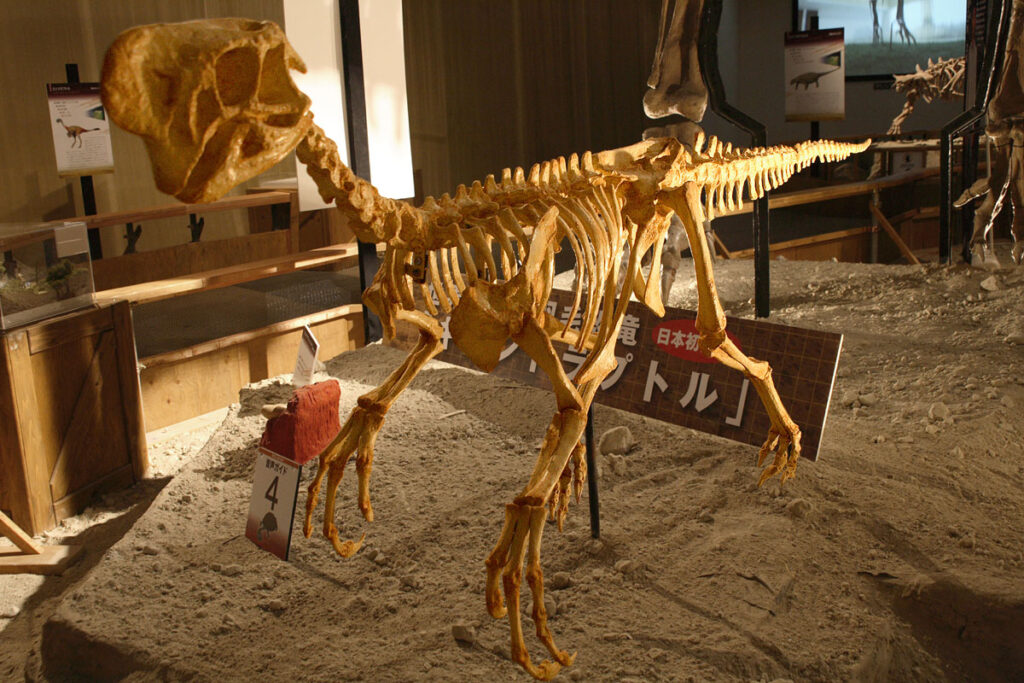
Paleontologists rarely discover complete skeletons, instead typically working with fragments that require significant interpretation. This fundamental challenge creates one of the primary sources of errors in the field. When scientists find just a jaw fragment, a few vertebrae, or isolated limb bones, they must fill in substantial gaps to reconstruct the entire organism. The famous case of Hesperornis, initially reconstructed as a penguin-like diving bird, demonstrates this problem. Only after more complete remains were discovered did paleontologists realize it had a completely different posture and ecological role than first imagined. Similarly, many dinosaur species known from partial skeletons have been reimagined multiple times as new evidence comes to light, showing how tentative our understanding can be when based on limited material.
Brontosaurus: The Famous Case of Mistaken Identity

Perhaps no paleontological error is more famous than the case of Brontosaurus, which for decades was thought to be an invalid name. In 1879, paleontologist O.C. Marsh named a new dinosaur Brontosaurus excelsus, but later scientists concluded he had simply found another specimen of the previously named Apatosaurus. This infamous mistake persisted in popular culture despite scientific correction, with many books and museum displays continuing to use the Brontosaurus name throughout the 20th century. Remarkably, in 2015, an extensive statistical analysis of multiple specimens found sufficient differences to resurrect Brontosaurus as a valid genus separate from Apatosaurus after all. This scientific reversal illustrates how taxonomy in paleontology remains fluid as analytical methods improve and more specimens become available for comparison.
Assembling Dinosaurs with Human Biases
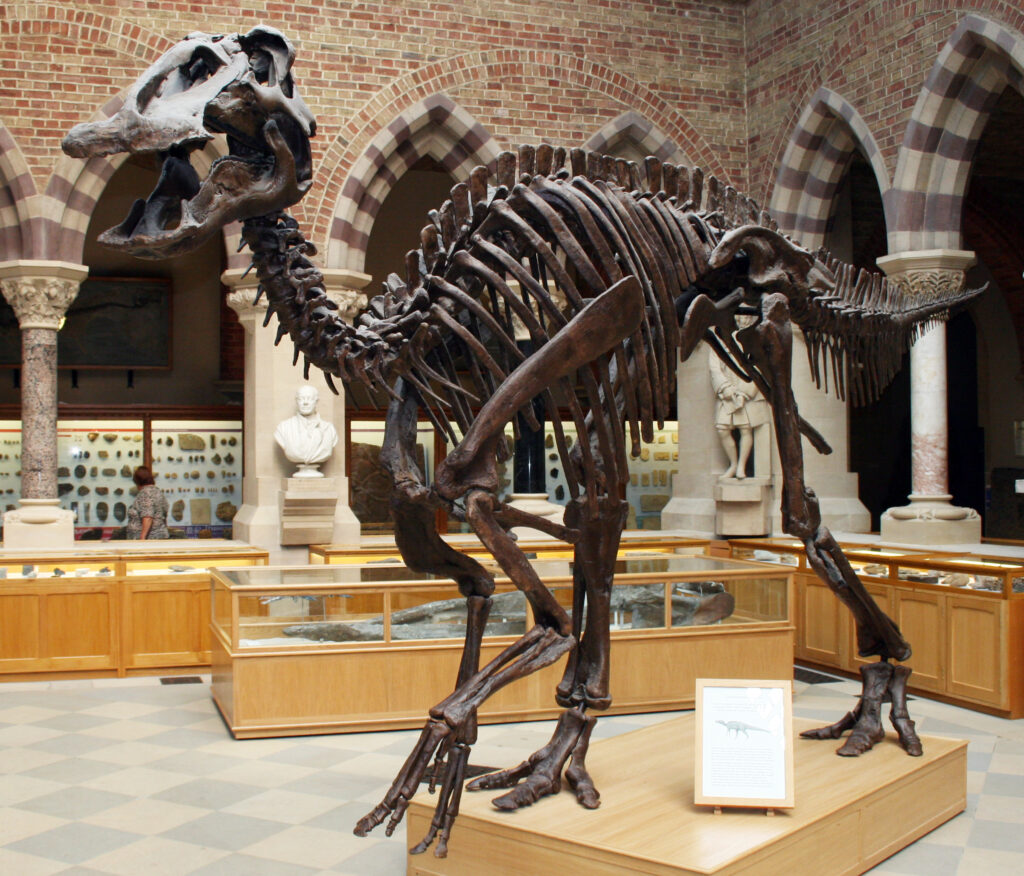
Early dinosaur reconstructions often reflected the cultural and scientific biases of their time rather than anatomical reality. The initial reconstructions of Iguanodon featured the animal’s thumb spike incorrectly placed on its nose, creating a rhino-like appearance that seemed more logical to Victorian scientists. Similarly, for decades Tyrannosaurus rex was depicted as an upright, tail-dragging beast, a posture we now know was biomechanically impossible. These errors stemmed from scientists projecting contemporary animal models onto ancient creatures rather than fully analyzing their unique biomechanical properties. Another notable example is the long-held view that dinosaurs were slow, cold-blooded reptiles—an interpretation influenced by comparing them to modern reptiles rather than examining their actual bone structure, which eventually revealed many were active, warm-blooded animals with more avian than reptilian characteristics.
The Archaeoraptor Fiasco

In 1999, National Geographic announced with great fanfare the discovery of a “missing link” fossil showing the transition between dinosaurs and birds. Named Archaeoraptor, this remarkable specimen appeared to have the body of a bird with the tail of a dinosaur. However, within months, scientists discovered the fossil was a fraudulent composite—parts from different fossils had been cleverly combined by fossil dealers looking to increase the specimen’s value. This embarrassing incident highlighted the problems that can arise when commercial fossil trading intersects with scientific research. The Archaeoraptor scandal damaged paleontology’s public image but ultimately strengthened verification protocols. Ironically, while the composite fossil was fake, both of its component parts were later identified as genuine species that actually did help document the dinosaur-bird transition, just not in the sensational way initially claimed.
Mistaking Environmental Damage for Pathology
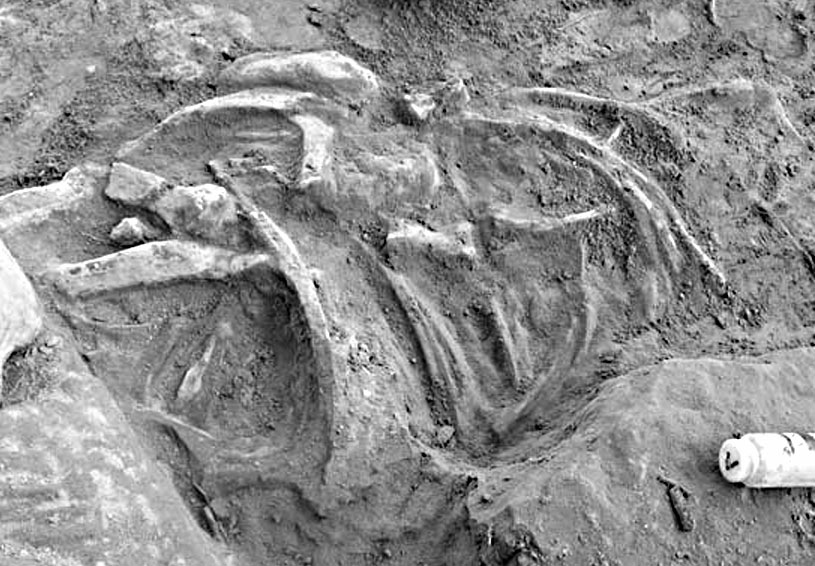
Fossil bones often undergo significant changes during the fossilization process, creating features that can be misinterpreted as evidence of disease, injury, or adaptation. In numerous cases, paleontologists have published papers identifying purported cancers, infections, or healed wounds that later analysis revealed to be merely taphonomic artifacts—changes that occurred after death. One notable example involved apparent “bite marks” on Tyrannosaurus bones that some researchers interpreted as evidence of cannibalism. Later study determined these marks were more likely created by insect activity or geological processes during fossilization. Similarly, what appeared to be a healed injury in a Triceratops frill was later reinterpreted as damage caused by minerals crystallizing within the bone during fossilization. These errors highlight the challenge of distinguishing biological features from geological ones in material that has undergone millions of years of physical and chemical alteration.
The Nebraska Man Debacle
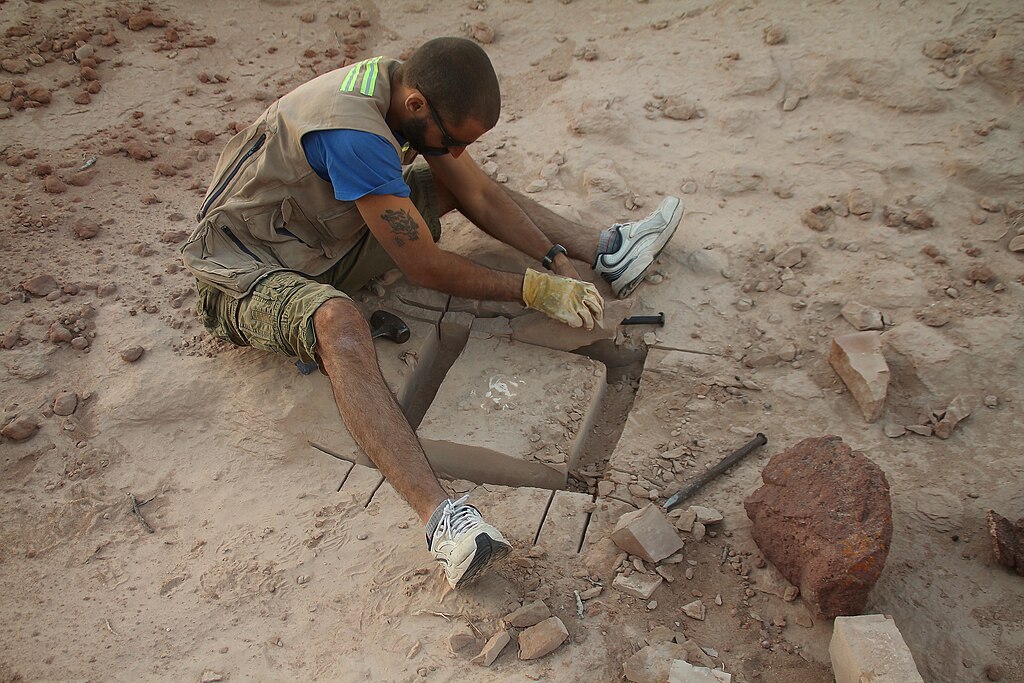
In 1922, paleontologist Henry Fairfield Osborn announced the discovery of an early human species in Nebraska based on a single tooth. Named Hesperopithecus haroldcookii and popularly known as “Nebraska Man,” this finding was sensationalized as evidence of early humans in North America. Some publications even featured artistic reconstructions of the primitive human based solely on this single tooth. However, further excavation at the site in 1925 revealed that the tooth actually belonged to an extinct peccary (a pig-like mammal), not a primate at all. The Nebraska Man mistake illustrates the danger of drawing sweeping conclusions from extremely limited evidence. This embarrassing error was seized upon by critics of evolution, though it actually demonstrates how science is self-correcting—the mistake was identified and corrected by scientists themselves within a few years of the original claim.
The Problematic Piltdown Man

Unlike other errors in paleontology caused by honest misinterpretations, the Piltdown Man represents something far more troubling: deliberate fraud. In 1912, amateur archaeologist Charles Dawson presented skull fragments and a jawbone supposedly representing an early human ancestor found in Piltdown, England. For four decades, Piltdown Man was accepted as legitimate evidence of human evolution until comprehensive testing in 1953 revealed it to be an elaborate hoax—a human skull combined with an orangutan jawbone, artificially aged and filed down to appear ancient. This deliberate deception succeeded partly because it confirmed the prevailing biases of the time, suggesting Europeans were central to human evolution rather than Africa. The Piltdown Man case teaches that even scientists can be misled when findings conform to their existing beliefs, and that rigorous, independent verification is essential to scientific integrity.
Misinterpreting the Functions of Unusual Structures
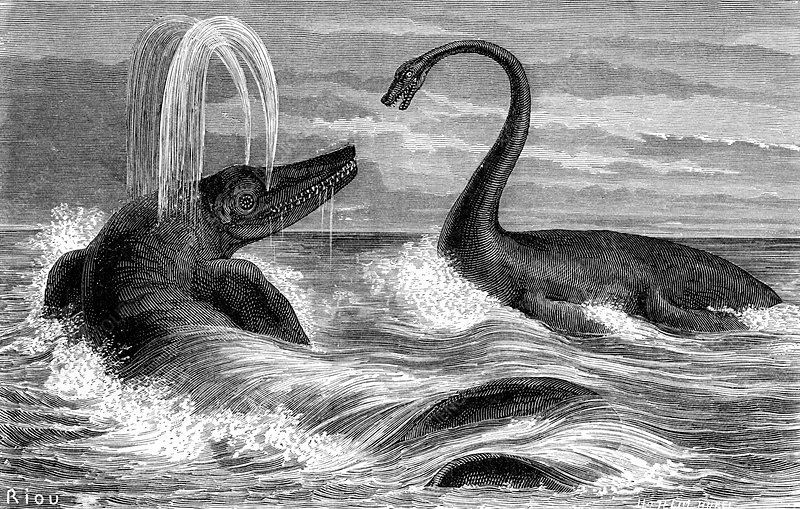
Many prehistoric creatures possessed anatomical features with no modern equivalent, leading to significant speculation about their function. The hollow head crests of hadrosaurs (duck-billed dinosaurs) were originally interpreted as snorkels, enabling the animals to breathe while mostly submerged. Later research conclusively demonstrated these were much more likely sound-producing structures for communication. Similarly, the plates along Stegosaurus’s back were first thought to be defensive armor, then proposed as thermoregulatory structures, and now are considered to have possibly served multiple functions including display. The enormous claws of therizinosaurs were initially assumed to be predatory weapons until further skeletal evidence revealed these dinosaurs were actually specialized plant-eaters. These examples highlight how difficult it can be to determine the purpose of structures without direct observation of the living animal, especially when those structures have no precise modern analog.
Dating Dilemmas and Temporal Misplacements

Accurately determining a fossil’s age presents numerous challenges that have led to significant errors in understanding evolutionary timelines. Before modern radiometric dating techniques, paleontologists relied heavily on the relative position of fossils in rock layers, which could be disrupted by geological processes. In the famous case of the coelacanth, this ancient fish was believed extinct for 65 million years until living specimens were discovered in 1938. More recently, a 2019 reassessment of Hyracotherium (once thought to be the earliest horse) revealed it was not a direct ancestor of modern horses at all, fundamentally altering our understanding of equine evolution. Dating errors can also occur when contamination affects radiometric measurements or when fossils are redeposited into younger or older sediments through erosion and reburial. These chronological mistakes can dramatically impact our understanding of when species evolved, coexisted, or went extinct.
Trace Fossil Misinterpretations
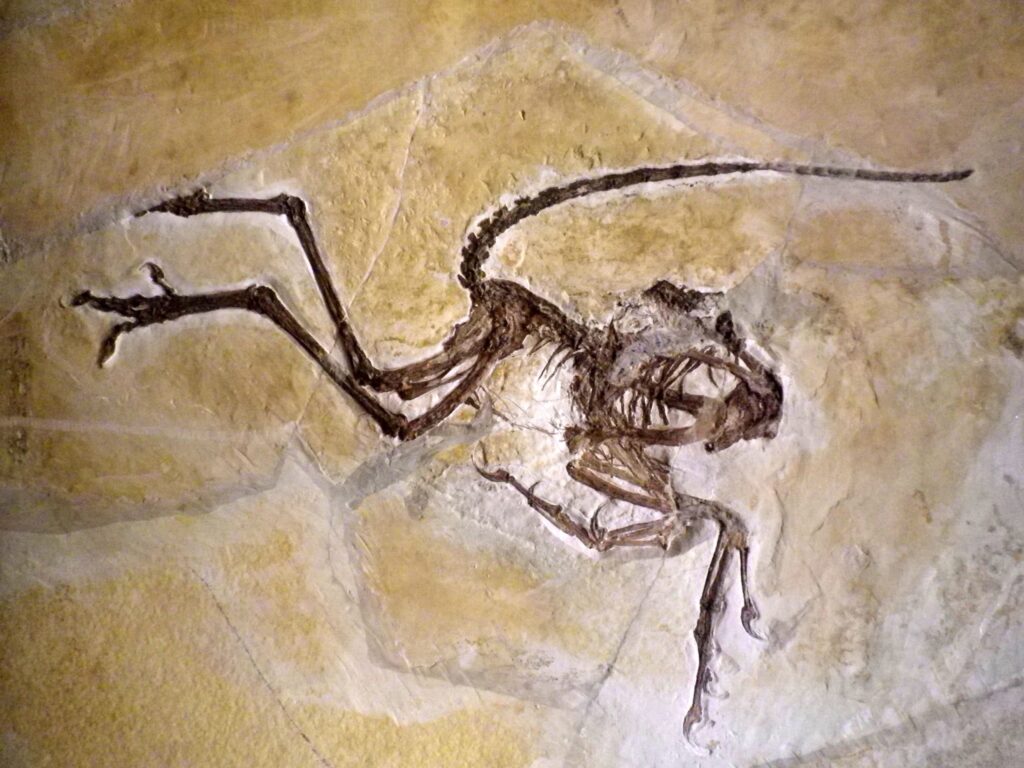
Trace fossils—preserved tracks, burrows, nests, and other evidence of ancient behavior—are particularly prone to misinterpretation. What was once described as the oldest fossilized dinosaur nest with eggs in South Africa was later reinterpreted as a collection of peculiarly weathered geological concretions with no biological origin. In another famous case, supposed dinosaur tracks at Cretaceous-age sites in South America were eventually determined to be made by large Cenozoic mammals living millions of years after the dinosaurs went extinct. Even modern trace fossils can be misunderstood; apparent human footprints allegedly coexisting with dinosaur tracks at the Paluxy River site in Texas were revealed through careful analysis to be either erosional features or modified dinosaur tracks. These errors stem from the inherent challenge of interpreting markings made in sediment millions of years ago by animals engaged in behaviors we cannot directly observe.
Conflating Different Species in Fossil Assemblages
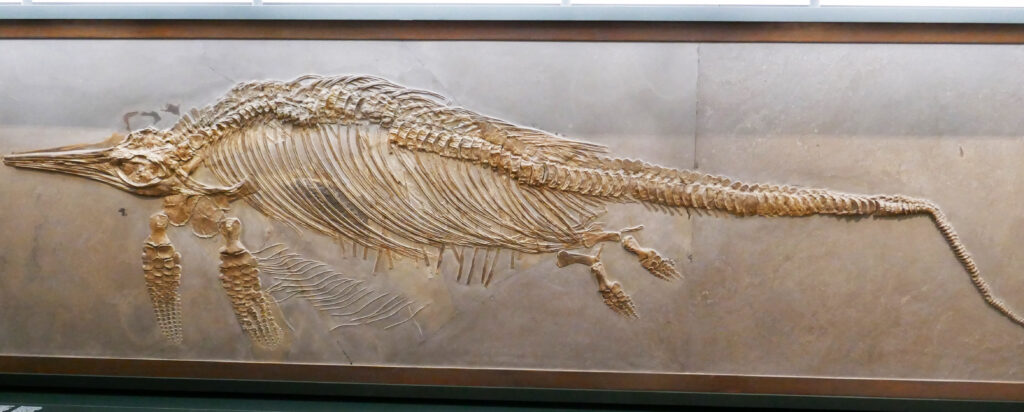
Mass death sites where numerous animals perished together create particular challenges for paleontologists, who must determine which bones belong to which individuals. The famous “Fighting Dinosaurs” specimen, showing a Velociraptor and Protoceratops apparently locked in combat at death, represents a rare case where the association between specimens is clear. More commonly, paleontologists must assemble skeletons from bone beds containing multiple individuals of different species. This has led to chimeric reconstructions—composites of multiple species incorrectly assembled as one. The initial reconstruction of Ultrasaurus as the largest dinosaur ever was later revealed to combine bones from different sauropod species. Similarly, the early reconstructions of Apatosaurus incorrectly included the skull of Camarasaurus, an error that persisted in museum displays for decades. These mistakes remind us that fossil assemblages require careful analysis before conclusions about associations can be drawn.
Overinterpreting Limited Evidence in Paleoart

Paleoart—artistic reconstructions of prehistoric life—has tremendous influence on public understanding of ancient organisms but often includes speculative elements not supported by fossil evidence. The classic example involves dinosaur skin color and patterning, which was purely conjectural until recent discoveries of preserved melanosomes (pigment-containing structures) in some exceptionally preserved fossils. Early reconstructions showing dinosaurs with elephantine or reptilian skin textures reflected artists’ assumptions rather than evidence. Similarly, the facial tissues, musculature, and expressions of extinct animals require significant artistic license. The “shrink-wrapped” appearance of many dinosaur reconstructions, with skin tightly following the skull’s contours, has been criticized as unrealistic when compared to modern animals. While necessary for visualization, these artistic interpretations can solidify in public consciousness as “facts” despite being highly speculative, effectively becoming a form of scientific error when audiences mistake artistic choices for empirical evidence.
How Modern Technology Is Reducing Errors

Advanced technologies are revolutionizing paleontology and helping scientists avoid many traditional sources of error. CT scanning allows researchers to examine fossils’ internal structures without damaging them, revealing features that would otherwise remain hidden and reducing misinterpretations of anatomy. Sophisticated computer modeling now tests biomechanical hypotheses about how extinct animals moved, replacing earlier speculative approaches with physics-based analyses. DNA analysis, though limited to relatively recent fossils, has overturned numerous taxonomic assumptions based solely on morphology. For instance, genetic evidence revealed that mammoths were more closely related to Asian elephants than to African elephants, contrary to previous morphological assessments. Machine learning algorithms are now being applied to identify patterns in fossil data that human researchers might miss. These technological advances don’t eliminate all possibilities for error, but they provide additional lines of evidence that make interpretations more robust and testable.
The Value of Being Wrong in Science

Rather than undermining paleontology’s credibility, the field’s history of errors and corrections demonstrates the self-correcting nature of the scientific method. Each mistake, when identified and addressed, refines our understanding and improves methodological approaches. The dramatic shift in how we understand dinosaur posture and physiology—from slow, cold-blooded reptiles to active, warm-blooded animals more similar to birds—represents not a failure of science but its success in updating conclusions when new evidence emerges. Unlike dogmatic systems, science expects and incorporates revision. Paleontologist Stephen Jay Gould famously noted that science “advances funeral by funeral,” as new generations of researchers question established interpretations with fresh perspectives and techniques. The willingness to acknowledge and correct errors distinguishes scientific fields like paleontology from pseudoscience, making the history of paleontological mistakes not an embarrassment but rather evidence of the field’s intellectual vitality and commitment to empirical truth.
Conclusion
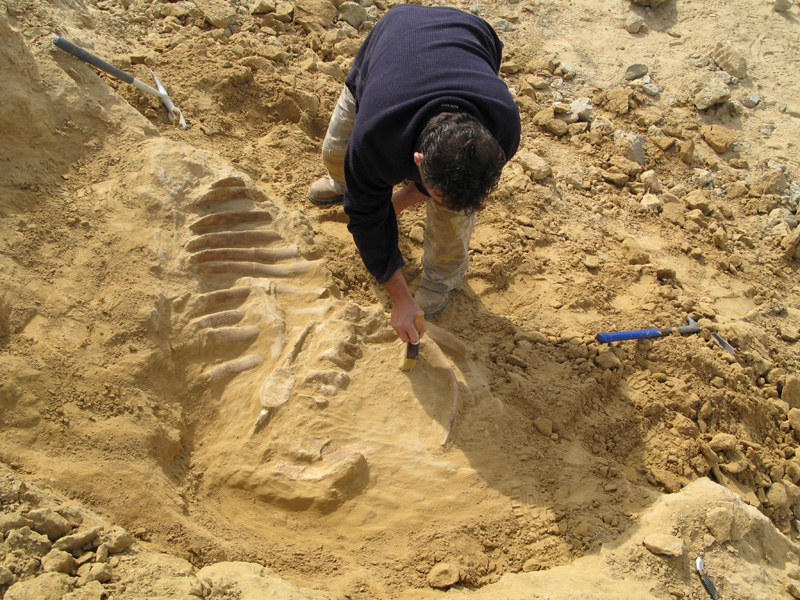
The history of paleontological errors reminds us that science is not a static collection of facts but a dynamic process of discovery and revision. From the misnamed Brontosaurus to fraudulent Piltdown Man, these mistakes have ultimately strengthened paleontology by forcing researchers to develop more rigorous methods and approach claims with appropriate skepticism. As technologies advance and new fossils emerge from the earth, our picture of prehistoric life continues to sharpen—not because earlier scientists were incompetent, but because science itself is designed to progress through correction. The next time you visit a natural history museum or read about a new fossil discovery, remember that today’s confident interpretation might be tomorrow’s cautionary tale of misinterpretation. That uncertainty isn’t a weakness of paleontology—it’s precisely what makes it such a vibrant and trustworthy scientific endeavor.

